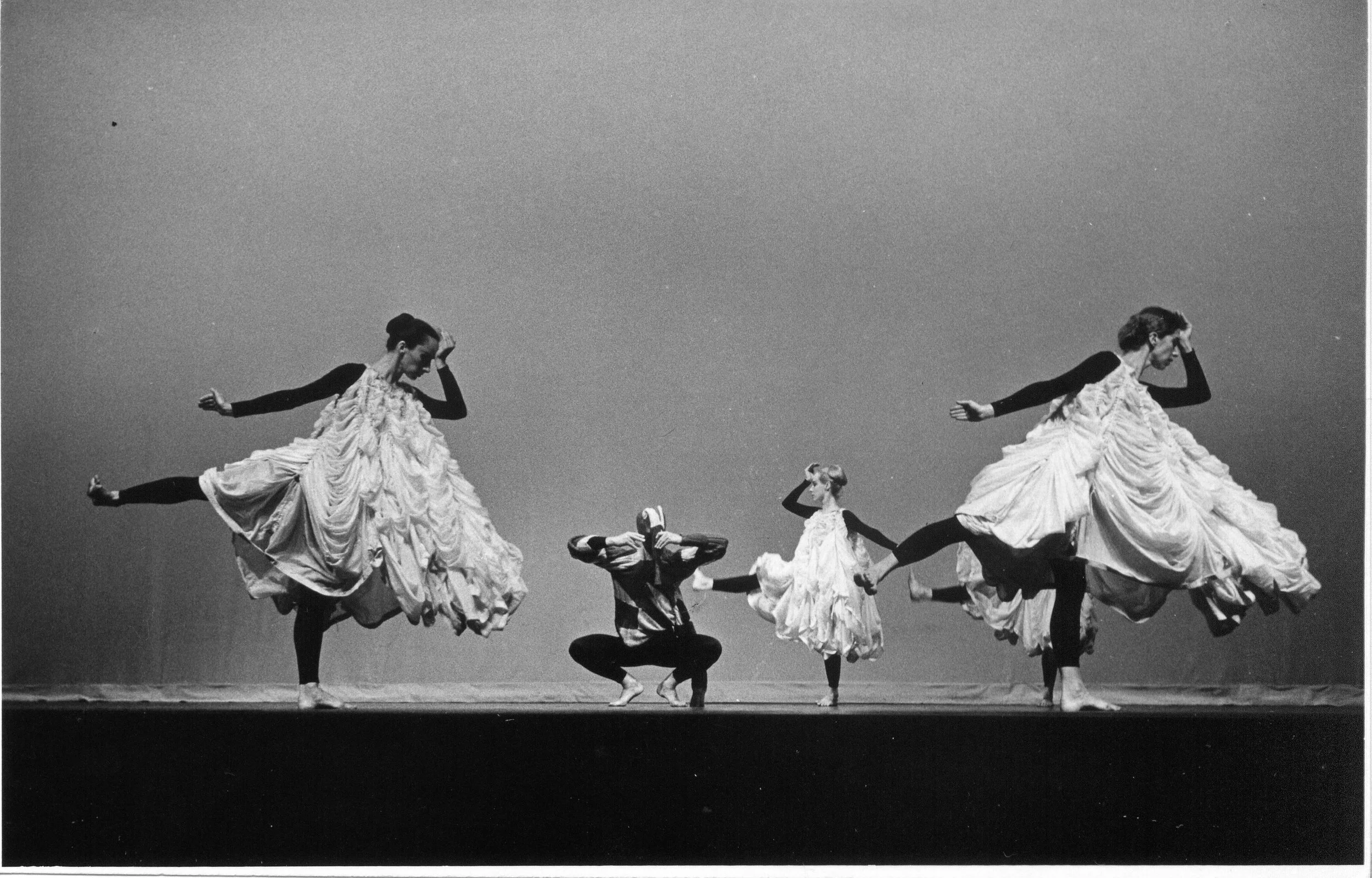Exhibition Review: “New York: 1962-64” at The Jewish Museum
ANDY WARHOL AMERICAN, BORN IN 1928, DIED IN 1987 Empire, excerpt of reel 1, 1964 16mm film transferred to digital video, black and white, silent, excerpt 50 min., original 8 hr., 5 min. Andy Warhol Museum, Pittsburgh. Contribution of the Andy Warhol Foundation of the Visual Arts, New York
Written by Anvita Brahmbhatt
Copy Edited by Janeen Mathisen
“New York: 1962-64”, which is an exhibition at The Jewish Museum in New York, explores the city’s art and cultural scenes along with artists’ reactions to rapidly changing times in America. The exhibition features paintings, photographs, sculptures and more by Robert Rauschenberg, Jasper Johns, Andy Warhol, Roy Lichenstein, Diane Arbus, Jim Dine, Claes Oldenberg, George Segal, among others. Most of these works were first exhibited in the museum during the tenure of the museum’s influential director Alan Solomon, who defined these artists as creators of ‘New Art’.
MERCE CUNNINGHAM DANCE COMPANY FOUNDED IN BLACK MOUNTAIN, NORTH CAROLINA, 1953 Antic Meet, 1958 Video, transferred from 6mm film, black and white, sound, 27 min., 9 sec. Courtesy of the Merce Cunningham Trust
The exhibition recreates the cultural setup during the early 1960s as the music of Bob Dylan and The Rockettes play on a jukebox. A larger-than-life photograph of people waiting in a diner behind the jukebox welcomes viewers in 1960s New York. On the other side of the room, a set-up similar to a New York department store is recreated with mannequins wearing unique fashion and costumes by designers Bonnie Cashin and Rudin Gernreich, who revolutionized clothing for the younger generation. A living room with a lounge chair and coffee table also has a black-and-white TV playing old advertisements. The old-school music and film photography cause 1960’s New York to burst to life with vivid windows into the life of someone living in the boisterous city.
On the second floor, the exhibition is divided by major American events: the assassination of John F. Kennedy, the Civil Rights Movement, the Cuban Missile Crisis, and the impact of these movements on the social, cultural and political landscape of the country. Andy Warhol’s “Nine Jackies” (1964) recreates the moments leading up to the president’s assassination, as well as its aftermath. Warhol’s artwork mirrors the public’s recreation of everyday life, the obsession of glorifying the lives of celebrities and how these coincide with living in New York.
In collaboration with Jonas Mekas at The Factory, Warhol’s “Empire” departs from narrative storytelling and focuses on the visuals of the day passing by and has the Empire State Building as the only constant. This allows viewers to develop a personal connection not only with the film but also with New York.
Bruce Davidson’s “Martin Luther King Jr. at Press Conference, Birmingham, 1962” shows Martin Luther boxed in by a pressing, urgent crowd of media reporters and intrusive microphones. While other faces are visible, King is the focus; this piece illuminates the pressure he felt and the powerful urge to incite change. Davidson became known as the photographer who captured communities hostile to outsiders.
Martin Silver’s “Antic Meet” and George Macinuas’ “Photographic Ballet” represent the correlation between performance and capturing movement. The influence of ballet in New York City’s cultural scene was brought about by Robert Rauschenberg’s costumes and set design for “Antic Meet”. Artists and performers came together in beautiful and stirring ballet performances which audiences could lose themselves in, enraptured in the wonder of dance.
ANDY WARHOL AMERICAN, BORN IN 1928, DIED IN 1987 Jackie Frieze, 1964
As the viewer appreciates the artwork of Andy Warhol, Claes Oldenberg, Robert Rauschenberg, Jasper Johns, and many more, recordings of Frank O’Hara reciting poetry enrich the experience of wandering through celebrations of New York’s art and culture. The confluence of art, culture, performance, photography, home design and sculpture all come together to delight and intrigue.








